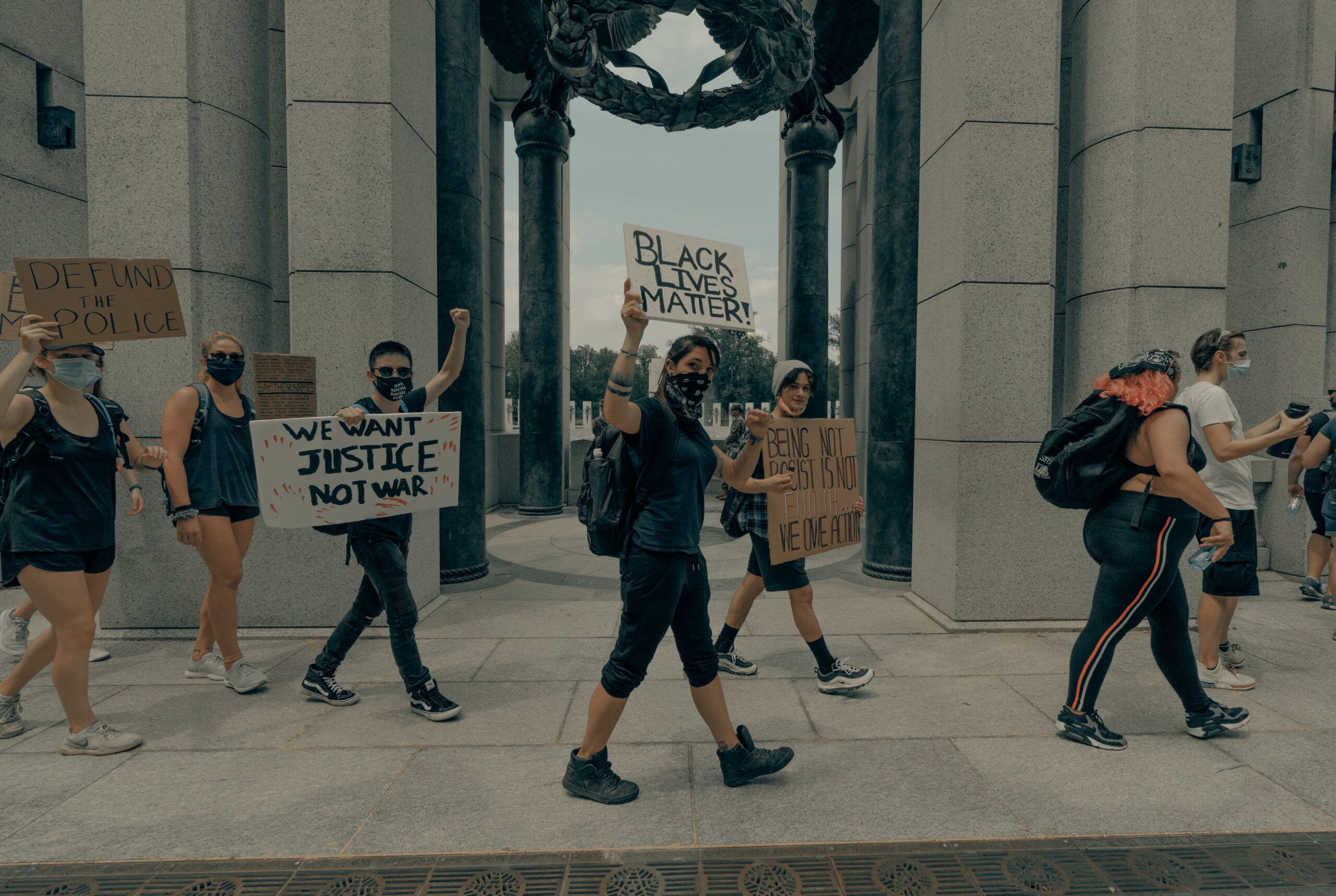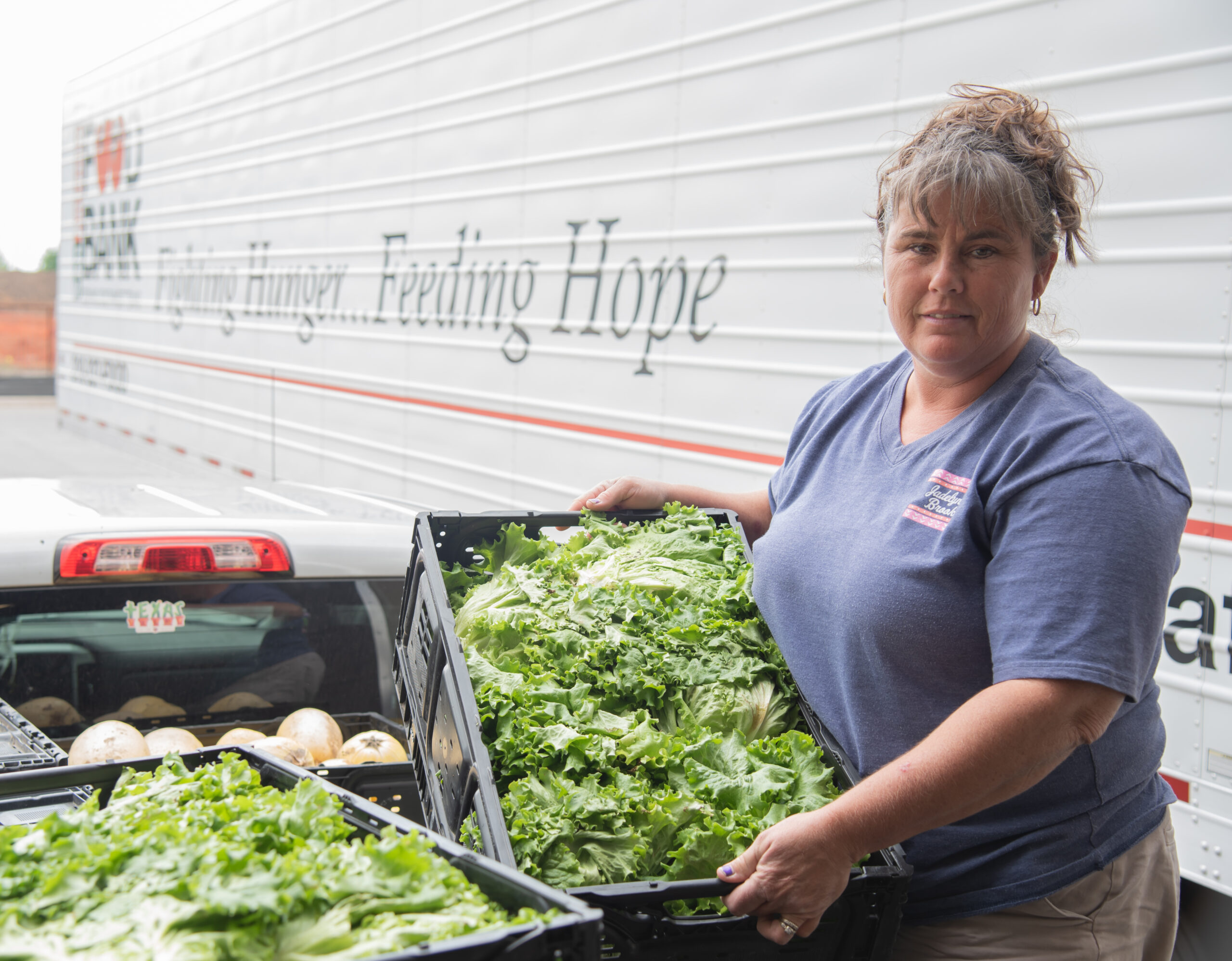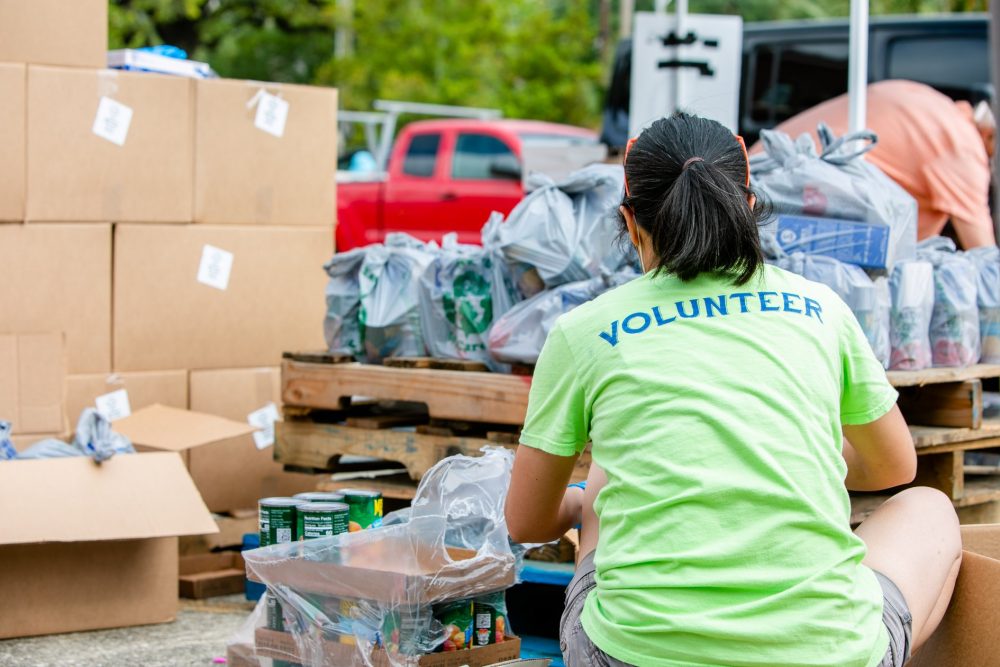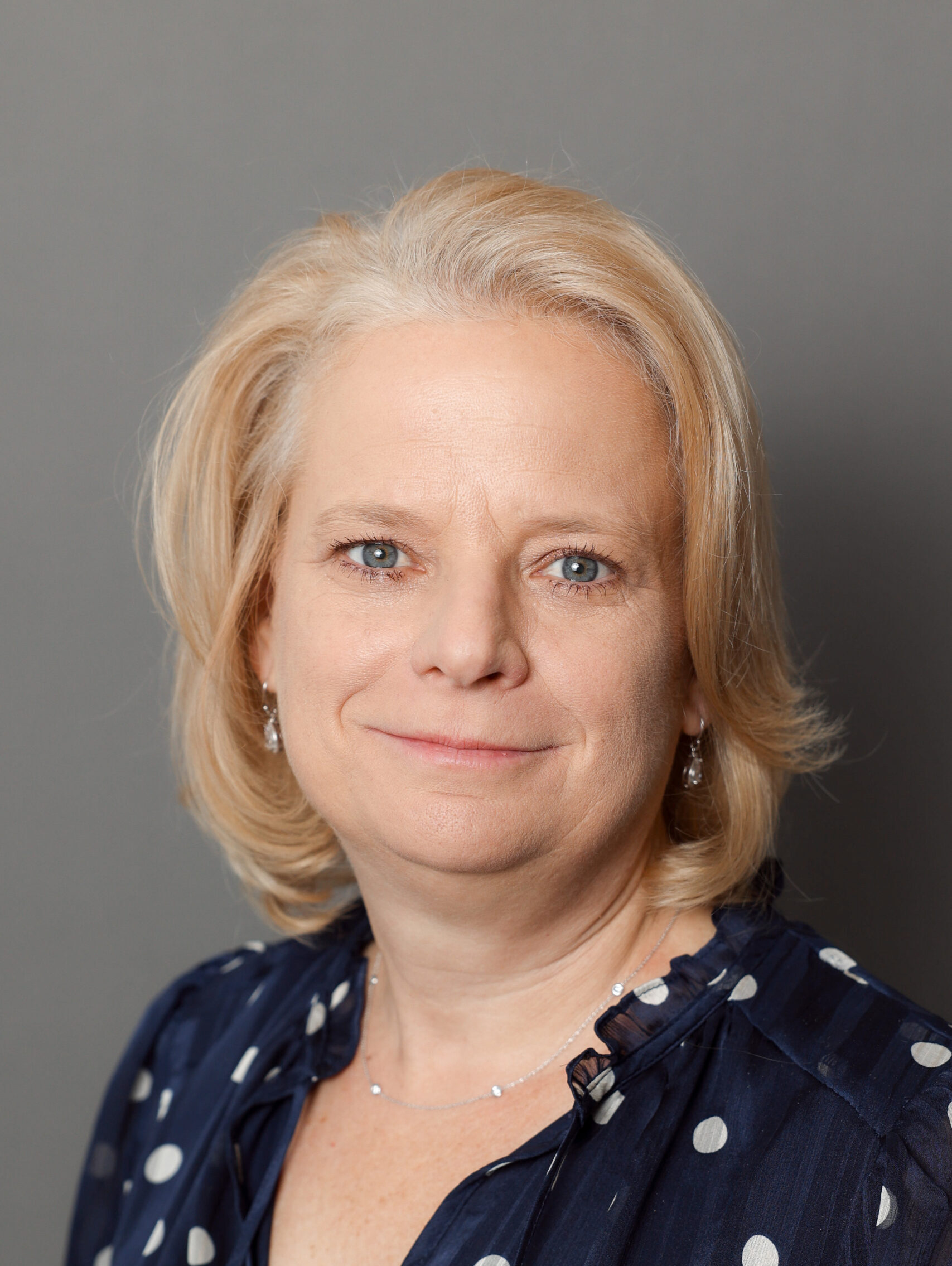A year to define the next decade
One year ago, on the cusp of taking on my new leadership role at the Center for Disaster Philanthropy (CDP), I received a call from CDP’s vice president, Regine Webster, to discuss a possible webinar about the emerging epidemic. Little did either of us know how prescient the COVID-19 Coronavirus: How Philanthropy Can Respond webinar […]

One year ago, on the cusp of taking on my new leadership role at the Center for Disaster Philanthropy (CDP), I received a call from CDP’s vice president, Regine Webster, to discuss a possible webinar about the emerging epidemic. Little did either of us know how prescient the COVID-19 Coronavirus: How Philanthropy Can Respond webinar would prove to be for the months that followed.
It seems very long ago when now-familiar epidemiological terminologies such as coronavirus, COVID-19, case-fatality rates and epidemic versus pandemic required explaining. But since then, the world has changed, and so has disaster philanthropy.
The birth of disaster philanthropy
When our board chair, Lori Bertman, president and CEO of the Irene W. and C.B. Pennington Foundation, co-founded CDP in 2010, she envisioned a bridge between a community’s recovery needs and philanthropic giving. Over the past 10 years, CDP’s accomplishments proved that the resources we provide to philanthropy are valued. The disasters of 2020, and the role of philanthropy in addressing them, took us even further, confirming the necessity of the field of disaster philanthropy.
Since joining CDP last March, I’ve witnessed grantmakers and donors of all shapes and sizes lean into responding to the pandemic and our racial justice reckoning in ways never before seen. Although funders have always been stalwart supporters of disaster philanthropy, a shift has occurred, with donations moving from millions to billions. Corporate donors, high-net-worth individuals and donor-advised funds have added their substantial financial weight, supporting response and recovery in ways not seen before. These record-breaking donations, critical and welcome, only tell part of the story of an unparalleled year for disaster philanthropy.
The best kind of giving is power
Hundreds of foundations across the United States pledged to trust their grantees more, providing unrestricted, flexible grants and seeking to get as local as possible. For CDP, this pledge reinforced an approach we’ve had since inception. It gave us a platform to dig deeper and go further.
We challenged our own biases, funding programs that, at first glance, didn’t fit the traditional mold of response or recovery. We trusted those closest to the community to know best, following their lead in programming against needs.
We streamlined our internal systems, decreasing the administrative burden on grantee partners and ourselves. We worked with our board to devolve authorities, increasing staff responsibilities in risk mitigation, allowing us to grant funds out faster.
We addressed the reality of concurrent disasters while respecting donor intent by providing grantees with support from different funding streams, thus providing them more control and flexibility in responding to shifting needs.
Good intentions are not enough
The disproportionate impact of the COVID-19 pandemic on Black, Indigenous and people of color (BIPOC) communities alongside the racial reckoning of 2020 also forced philanthropists into a long-overdue self-reflection.
No longer can philanthropy divorce its largesse from its origins. We must live our professed values actively. Although there is a comfort that accompanies treating symptoms of society’s ills, a sense of reward for helping another in need, band-aids are no longer sufficient. We must instead step into the discomfort of proper diagnosis and own our role in its creation.
Inequitable approaches to recovery are known to sink lower-income individuals further into poverty after disasters. And yet, until last year, disaster recovery remained one of the smallest focuses of philanthropic giving. Support to BIPOC-led organizations was an even smaller focus.
We are all disaster funders
CDP has long valued the necessity of an equity mindset in our work. We believe that the best solutions result from honoring local and diverse voices, with communities empowered to define their future. Due to our donors’ enormous generosity and our grantee partners’ incredible efforts, CDP has supported communities in their recovery better than ever before.
There remains much to be done to ensure that we – as a global community – recover from the devastation wrought by disasters on individuals, families, communities and countries. We at CDP envision a world where mitigation limits the impacts of disasters and individuals and communities recover equitably. I invite you to join CDP in our pursuit.
Here are three things to consider as you navigate the future of your disaster giving:
- Remember, you are not alone. Despite living in a socially distance world of lockdowns, the interconnectivity of our efforts has never been clearer. There is a negative in this; for example, many of us work longer hours than we should. However, we cannot dismiss the positives that have developed over the past year. Virtual meetings and conferences go a long way towards creating an equilibrium of access to information and decision-making. The connectivity of a shared lived experience provides a common ground for discussion and collective action, even if the impact of 2020 is incredibly individual.
- Keep funding disaster philanthropy. The incredible generosity on display in response to the disasters of 2020 must continue. While the pandemic defined the disaster that was 2020, it was far from the only one. The U.S. saw more severe weather events than ever before, and with climate change, that trend will not only continue – it will worsen. We must address the intersectionality of disasters, evident in the past but unseen by too many. We need to recognize that some communities are more vulnerable to disasters due to structural inequities and discrimination, and we must program accordingly.
- Check your power. Whether reviewing and dismantling organizational systems that limit your ability to listen to communities and follow their lead or struggling with personal discomforts internally, we must be bold. Change is never easy, and change denied for too long will be all the more challenging. Addressing inequities does not demand that we be on the right side of history; rather, it requires that we be on the right side of today and the future.
CDP plans to take our learning over the last year into our next decade. And we look forward to working further with our partners, serving as a collaboration hub and source of disaster philanthropy expertise.
More like this

What We Don’t Know About COVID-19 Funding, and How You Can Help

